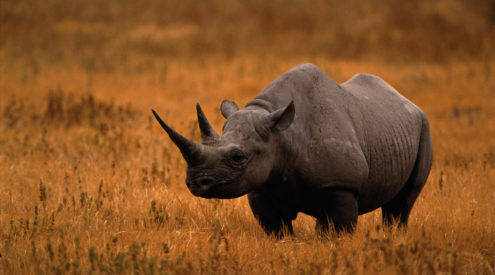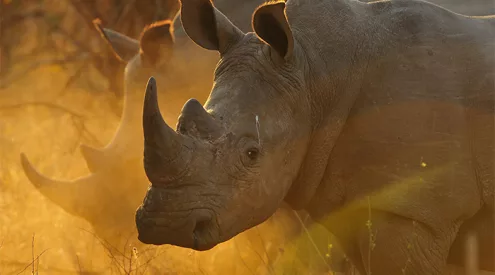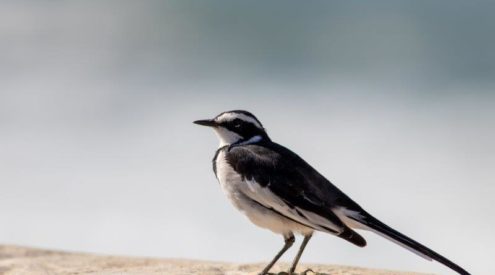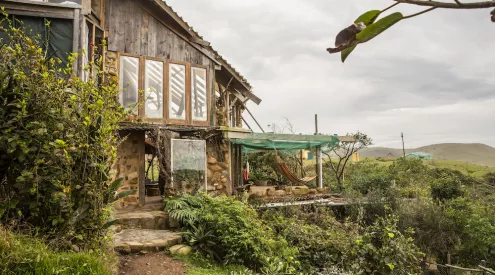Dynamite comes in small packages: sunbirds explode with a bang of colour and an aftershock of vivid, pearlescent energy. They add a sparkle to our skies, fllitting and darting hurriedly across our landscapes, and are bejewelled in iridescent plumage … at least most of the males are.
Sunbirds are sexually dimorphic, which means males and females look very different. While males have varying degrees of intense colour combinations, females are rather drab in dull tones of brown, green and grey. Females choose the most attractive male for mating, and because of these fascinating sexual pressures males have become more and more beautiful over evolutionary time. As the females don’t need to be bright and bold in colour, it makes sense that they remain disguised in the safe tones and shades of the foliage.
Because of their colourful plumage, some say sunbirds are the flowers of the air and, indeed, they’re integral to floral pollination. The pollen is carried from plant to plant on the birds’ feathers and beaks as they feed largely on nectar, but they’ll sometimes eat insects and probe at fruit. Their bills are thin and curved and their tongues are brush-tipped and tube-shaped, all adaptated to the world of nectar.
South Africa is home to 14 resident sunbird species. There’s the scarlet-chested sunbird of woodland, savanna and suburban gardens with its brilliant ruby bib, and the malachite sunbird of fynbos, grasslands and mountain scrub with a metallic green glow and long elegant tail. Then there is the greater double-collared sunbird of tall shrubs, forest fringes and garden clearings with its broad, red belly-band.
Unlike their remarkable plumage, their song is rather disappointing. Ranging from rapidly repeated ticks to piercing ‘tseep-tseeps’ and shrill, sharp ‘tsiks’, sunbirds aren’t the greatest of songsters.
Still, such is the looming spectre of habitat destruction I fear the day their calls no longer sprinkle across our flowerbeds or echo on our open wilderness vistas. That would be a day of sadness and great loss and the loud sound of failure would be all that was left.
Most birders have a favourite; mine is the orange-breasted sunbird, an endemic creature of the southwestern Cape, found nowhere else on Earth. From orange to yellow their underside captures the setting sun. I once watched a bush at Kirstenbosch Botanical Gardens play host to 20 males – the memory will stay with me forever.
Did you know?
Sunbirds aren’t at all related to hummingbirds, even though people often mistakenly think of them as one and the same. Hummingbirds occur only in the Americas and superficially look like sunbirds because they evolved a similar body shape due to their nectar-feeding lifestyle.
BirdLife South Africa
BirdLife South Africa is proud to be at the forefront of bird conservation. The organisation sees birds as vital indicators of the health of the country’s ecological milieu. They’re society’s canary in a coalmine, an early-warning system, and it’s through the protection of birds that BirdLife South Africa hopes to protect the natural environment, so future generations can live in a land filled with the song and sight of all species, including sunbirds. www.birdlife.org.za

















